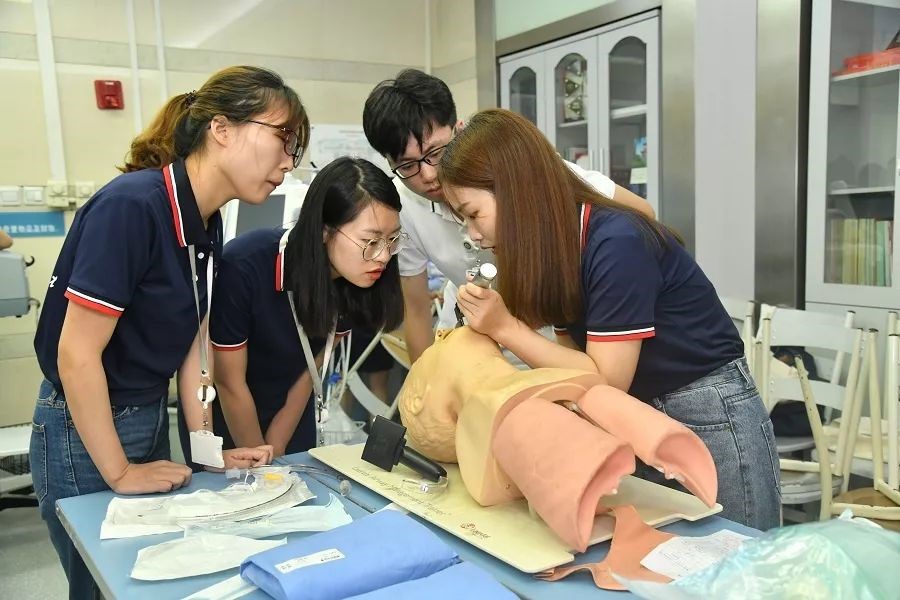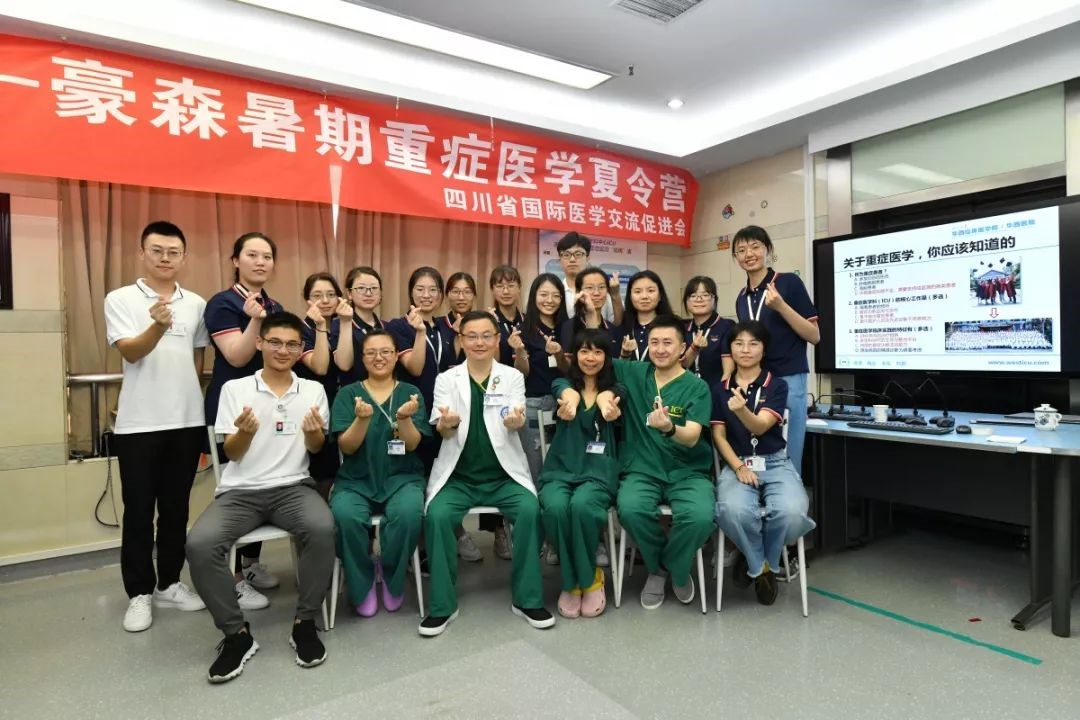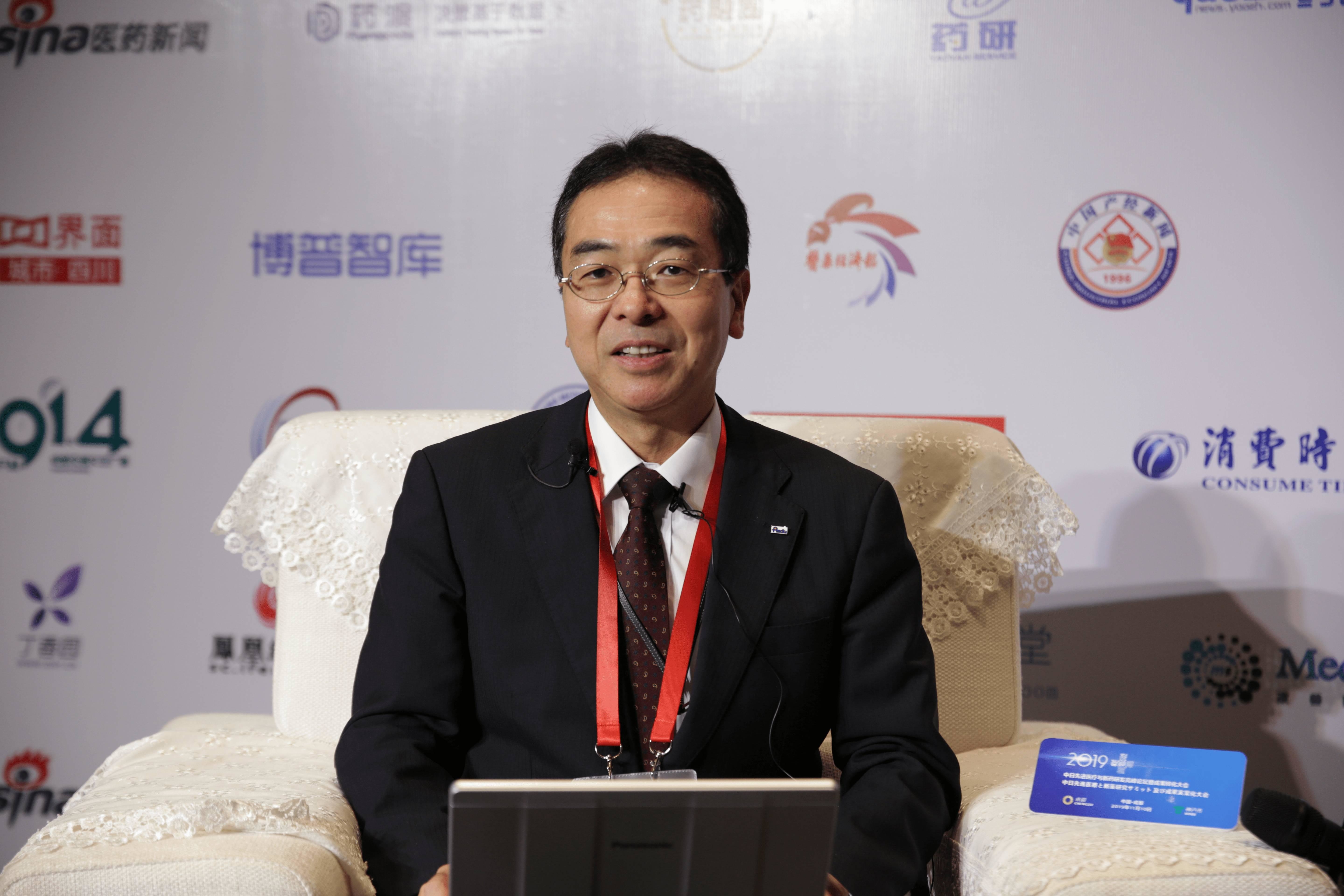Surgical trauma after Total knee arthroplasty (TKA) is always companied by significant hyperfibrinolysis, which can lead to considerable blood loss and rising demand for blood transfusions. Therefore, various methods of blood conservation have been studied, including applying antifibrinolytic drugs such as Tranexamic acid (TXA). But the optimal dosing regimen of TXA has not been determined in TKA. In this research, Prof. Fuxing pei et al suggested an optimal dosing regimen among three presented regimens.
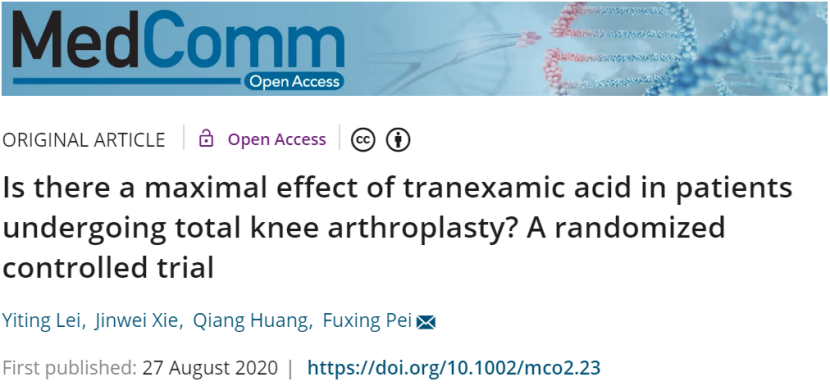
In this study, patients were randomized to receive a high initial‐dose (60 mg/kg) TXA before incision, followed by five doses 3, 6, 12, 18, and 24 hours later (A), or three doses 3, 12, and 24 hours later (B), or a single dose 3 hours later (C). The primary outcome was perioperative blood loss. Other outcomes such as, hemoglobin level, transfusion, the levels of fibrin (ogen) degradation products (FDP), D‐dimer, C‐reactive protein (CRP) and interleukin‐6 (IL‐6), coagulation parameters, and adverse events were also compared. The results showed that individuals in Groups A and B had reduced total and hidden blood loss (HBL), lower FDP, D‐dimer, CRP, and IL‐6 levels than in Group C. Such differences were also detected in HBL between Groups A and B. No differences were observed in other outcomes between Groups A and B. No differences were observed in coagulation parameters and adverse events among the three groups. In conclusion, a high initial‐dose (60 mg/kg) TXA before TKA followed by three doses can be sufficient to achieve maximal effects on total blood loss, fibrinolysis, and inflammation.
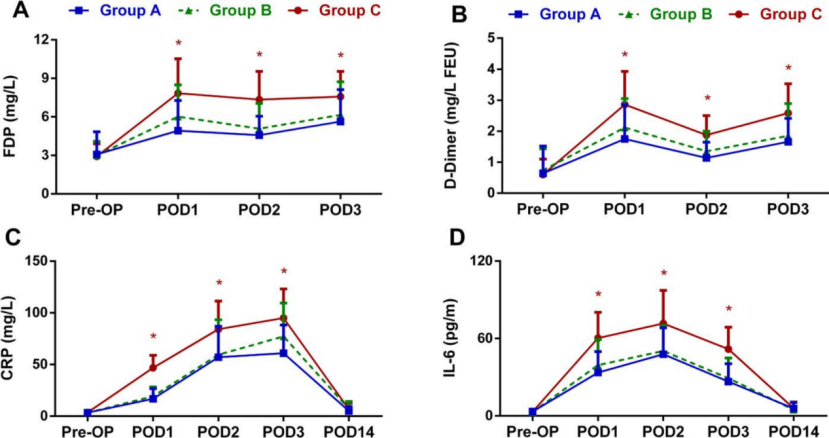
Fig. 1 The perioperative levels of FDP (A), D‐dimer (B), CRP (C), and IL‐6 (D) in patients undergoing TKA
Article Access: https://onlinelibrary.wiley.com/doi/10.1002/mco2.23
Website for MedComm: https://onlinelibrary.wiley.com/journal/26882663
Looking forward to your contributions.


